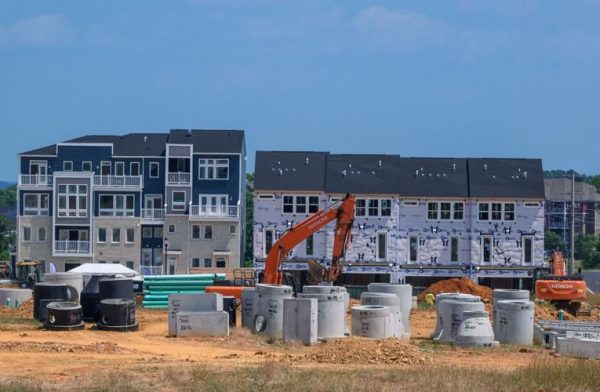Imagine your home being built mere feet away from a military site where biological weapons were dumped for decades. This exact scenario is occurring right now in Frederick, Maryland as new housing developments go up around Fort Detrick.
For decades Fort Detrick was the U.S. Military’s premier site for testing of biological weapons. Critical amounts of anthrax, phosgene (a poison gas), radioactive carbon, sulfur and phosphorus were buried in the soil at the site all the way until 1969 when biological weapon testing for offensive purposes was outlawed by President Richard Nixon.
It is now listed as a superfund site by the Environmental Protection Agency, meaning it is one of many toxic locations in the U.S. that require cleanup operations.
Currently, a new problem is facing the site in the form of housing developments. Frederick has seen a steady rise in population, and new neighborhoods are being built all over in response. One of these new developments happens to sit right outside of Fort Detrick’s biological weapon dumping site and individuals are worried about what kind of risks these potential homeowners might be facing. But one doesn’t have to look far for an example.

The Kranztes, a family who has lived just outside of Fort Detrick for generations, believes that the poisoned groundwater is the reason for the family’s history of cancer. “My dad died of pancreatic cancer. My sister died of brain cancer. My wife died of ovarian cancer. My dog died—he was ate up with cancer. My cows had cancer. So they can’t tell me that they didn’t do something,” says Bill Krantz. Research is only proving his claim more and more.
Groundwater samples from 2023 in the area exceeded the maximum contaminant levels for volatile organic compounds (VOCs), meaning they are likely carcinogenic and pose a serious danger to health and safety. For this reason the army is currently considering installing contamination prevention technology in the homes being built around Fort Detrick.
Time will only tell how this situation plays out. Whether or not the army chooses to install the contamination prevention technology remains unclear as the first homeowners begin to move into the brand new development.






































